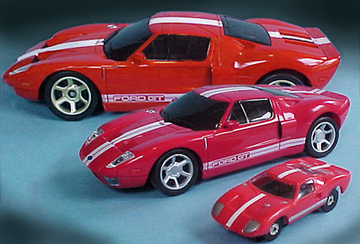Efsi Toys
Brand
At the end of the 1960s, the mines in Limburg were closed. DSM (De Staatsmijnen) owned workshops where disabled miners could carry out work, in order to have a sensible daily activity. These ‘WIM workshops’ (Werkplaats Invalide Mijnwerkers) were transformed into social workshops after the mine closure, and transferred to Fonds voor Sociale Instellingen (FSI).
One of the activities of the FSI was to continue the model car production of Best box. Initially still under the name Best Box, in the 1970s they proceeded to Efsi, a phonetic pronunciation of FSI.
Subject ID: 2378
MoreAt the end of the 1960s, the mines in Limburg were closed. DSM (De Staatsmijnen) owned workshops where disabled miners could carry out work, in order to have a sensible daily activity. These ‘WIM workshops’ (Werkplaats Invalide Mijnwerkers) were transformed into social workshops after the mine closure, and transferred to Fonds voor Sociale Instellingen (FSI).
One of the activities of the FSI was to continue the model car production of Best box. Initially still under the name Best Box, in the 1970s they proceeded to Efsi, a phonetic pronunciation of FSI.
Efsi was moved to the industrial park De Beitel in Heerlen. An alloy of zinc and aluminium (Zamak) was used to cast the passenger cars, trucks, and buses. They had separate moulds for the plastic parts, from which the wheels, interiors, windows, and mirrors were poured. The plastic came from DSM in the form of granules. Passenger cars were phased out in the late 1970s. The maintenance of the moulds and machinery was carried out by Efsi’s own mechanics.
In 1996 Efsi was taken over by entrepreneur Vincent Nies from Weert. The name Efsi disappeared and the company continued under the name Holland Oto. Initially, Holland Oto mainly produced scale 1:87 models but later under the name CSE (Compact Special Europe) a full line of 1:50 models was also released.
Subject ID: 2378
Subject ID: 2378

